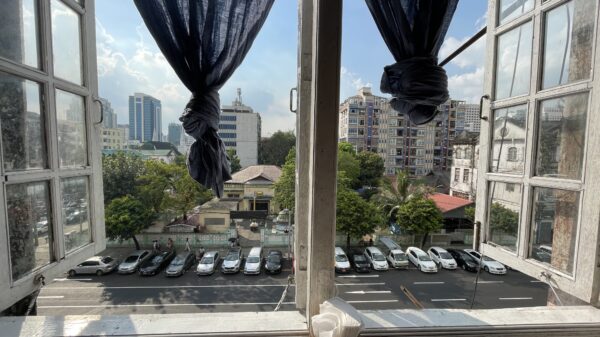Since a young age, documentaries have often captured my imagination, rendering a fascinating and illuminating presentation of the reality of everything from earthquakes to World Wars. Yet, among the many documentaries I have watched, few have compared to the Netflix series ‘Sunderland Till I Die’. Though it has been said that the production of the documentary was only agreed to by Sunderland owner Ellis Short as a means of advertising the club for a potential sale, production company Fulwell 73 certainly captured something beyond a promotion spot.
It can be argued that in some respects this series served to reinvigorate the club as a whole, reminding all those associated of the deepest essence of their club and how this invokes a sense of pride in its historic working class roots. The documentary portrayed Sunderland AFC with depth and virtual completeness. From the trials and tribulations of individual players such as Jonny Williams, who drew widespread sympathy, to the rather divisive portrayal of club CEO Martin Bain. But the most stark aspect of the club covered in this documentary is the fans.
The club stumbles through blunder after blunder over the course of the season, and the effect of this is only accentuated with the raw depiction of the fans. It can be argued that this lies among the best depictions of what it means to be a football fan, specifically in the north of England. This includes interviews with regulars, effectively gauging opinion throughout the season and the reactions of fans during the matches. But some of the most poignant footage was that of the meetings held between the Sunderland hierarchy and their supporters. Here the fans ask pressing and straight questions stating clearly how they have to endure neglect and mismanagement of the club. In response, the hierarchy seem gormless. Hamstrung by the owner’s lack of investment they can offer tentative, sometimes cliched, but always meaningless answers, summarising the discord between the ownership management and fans.
Long story short, this documentary did have the intended effect on me as i watched it during the early hours of a Saturday Morning. I immediately wanted to go and watch Sunderland and they just so happened to be playing local boys Charlton Athletic eleven hours later, so I bought my ticket online. Admittedly Charlton is a club which I knew very little about, bar vague memories of piggy banks being thrown at the pitch in an act of protest in a year gone by. But Charlton represents an all to common theme in the lower echelons of English Football: Disillusionment with careless and negligent ownership, as also seen at Blackpool with the Oystons and most recently with Bolton Wanderers and Ken Anderson.
Perhaps paradoxically, while it was Sunderland I came to see, it was Charlton I ended up most intrigued by. Though the SE7 outfit has seen its fair share of grief on and off the pitch, I did sense an energy around the Valley, founded of course on the club’s resurgence on the pitch as one of the preeminent sides in the third tier, also fuelled by rumours of the club ridding themselves of arguably poisonous owner Roland Duchatelet. This, coupled with the close proximity of the two clubs in the league table and the inevitability of a large away following set the scene for intriguing encounter. Arriving at The Valley, one immediately senses a sort of grandeur with Charlton. The stadium is 4 sided, traditional and tidy, maintaining my favoured traditional feel. Through its functional modernity it still carries with it the echoes of Charlton’s heyday in the Premier League during the previous decade, only further illustrating the degree of deterioration and underperformance at the club.
As expected, a large away following did arrive, and as expected, an evenly contested affair was played out on the pitch, with Sunderland nicking an early goal and then proceeding to level the score by putting the ball into their own net not long into the second half.
It isn’t a well known fact but swathes of Charlton fans boycott their own club’s games as an act of protest against the owner. Despite this, the fans in attendance backed their team valiantly. Having now visited all 3 south London clubs I feel that a fierce passion for their team is endemic in South London football fans, as evidenced by the fervour seen at both Crystal Palace and Millwall. Reflecting upon this one senses that understandably due to underperformance by said sides on the pitch, South London is not universally recognised within the football world as a region of footballing intensity and passion. However after living there for two years as I have truly realised the deep stories these clubs tell and the deep connection they have with their communities. From the Charlton Fans’ formation of a political party to campaign for a return to their home, to the Palace fans’ continued activism in calling out corporate greed in the English game.
I digress, the Valley is a hidden gem, and Charlton Athletic are a sleeping giant. With a smart stadium, raucous fans, and after a long time, momentum on the pitch, Charlton is a place where I hope to return again and again. A club which truly captures the spirit of South London.










